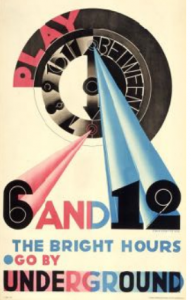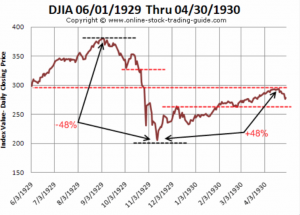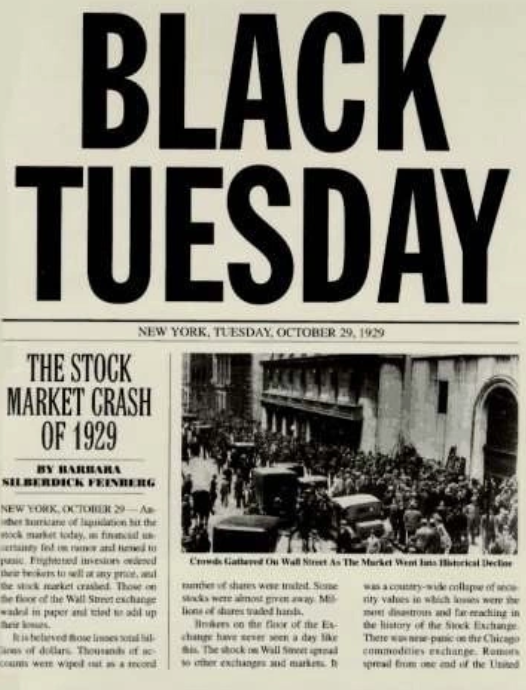Lecture: Colour Theory and Cool Type (1925-1930)

1927 – Jan Tschichold, theatre posters

1923 – Simple, Elegant furniture design by Marcel Breuer
This week’s lecture focused on the new design principles and standards set by designers of the Bauhaus School of arts and crafts in Germany and Art Deco in France. Some really talented designers and architect who involved with the Bauhaus were Walter Gropius, László Moholy-Nagy and Marcel Breuer. Despite the fact that they all came from very different backgrounds, they all had a great desire to “breathe a soul into the dead product of the machine”. Along with other modernist and constructivist designers like Josef Albers, Herbert Bayer and Marcel Breuer at the Bauhaus, these designers’ aim to bring minimalist design to mass production became the foundation of graphic design after WWI. The approach eventually led to the discovery of Colour Theory and the inventions of minimalist and effective furniture designs.

E. McKnight Kauffer

A.M.Cassandre
The Art Deco movement, emerging in the 20s and 30s, was a result of the1925 International Exhibition of Modern Decorative and Industrial Arts in Paris. Designers in both the Bauhaus and the Art Deco movement seemingly shared the passion of using bold san serif type, geometry and repetition in poster layouts. However, unlike the Bauhaus, the Art Deco focused on visual aesthetics more than functionality. While Bauhaus designers love employing photomontage techniques, French designers like A.M Cassandre opted to use simple, three-dimentional and bold graphics.
Research: The Great Depression
The Great Depression was known as the longest and most damaging economic downturn in history. With United States undergoing a major stock market crash in 1929, the unstable economy eventually became a spiral of economic crashes with bank failures, wiping out millions of investors in different nations. One thing led to another, the market crash eventually turned in a major economic Depression with massive unemployment. In this weekly blog post, we will be taking a look some major causes and events that triggered this global investment “bubble”.
Did World War I cause the Great Depression?
Although WWI was not a direct cause of the economic downfall, the tremendous economic damages in WWI eventually led to the adaptation of the laissez-faire economic system (French term translates to “let do”), a practice of transaction between private parties without the intervention of government (including regulation, privileges, tariffs and subsidies). A few years after WWI, these policies did enable the international economy to recover for awhile. In the maturity phase of 1929, however, the market could no longer support the expansion and hit a bubbling point of recession. Since many investors and private companies were essentially using loans to invest
So what ultimately triggered the Economic Downfall?

Stock Market Chart from 1929-30
It is essentially difficult to trace it back to a single cause to credit the Great Depression. Clearly, it’s not just a Great Recession or market crash in history that could recover with economic contraction within just a year or two. Despite that, we can still identify some of the major factors and events of domestic and worldwide conditions that led to the Great Depression:
The Black Tuesday. The most noticeable event that witnessed the economic downfall occurred on October 29, 1929, known as the Black Tuesday. After 1920s, people were desperately trying to make money in the stock market with overspeculation (high risk, high gain) and “buying on margin” with bank loans. Eventually, when investors realized that their investments were no longer profitable with value decreasing in market downfall, stockholders were trying to sell their stocks at any price, whereas no one was trying to buy it. This resulted in people not being able to repay debts. In 1930-31, stock market began to regain some of the losses, but it was still not sufficient to cover the spiral of damages and despair. This phrase led U.S. economy truly entering the Great Depression.
Bank Failures. Following to the end of 1920s, commercial banks were in the position of loaning money for stock market and real estate investments more than for commercial ventures. Investments at this point were highly unsustainable because they were often unregulated transactions with no guarantees and insurance. During the 1930s, 9,000 banks failed with people defaulting on their debts. Surviving banks were meanwhile fearing their own survivals and engaging in less and less expenditures, which further slowed down the economic recovery.
United States International Trade Policies. As businesses began failing, the government created the Smoot-Hawley Tariff in 1930 to help protecting American companies. The policy eventually became a failure, as government neglected the fact that charging high tax for imports thereby led to less trades between America and foreign countries. This ultimately hurt both the U.S. and countries that were trying to pay off war debt.
Reduction in Purchasing. With investors/banks going bankrupt and workers losing jobs, individuals from all classes essentially “chickened out” and stopped purchasing items. With low demand in purchasing and high demand to work, this turned to a long term and agonizing cycle with reduction in workforce and manufacturing companies slowing down their productions. The result was U.S. hitting the highest rate of unemployment with 24.9% in 1933.
Farms Suffering. One of the signs of economic weakness was farm prices dropping. Farmers ramped up food production during WWI, but never readably decreased it after the War. Along with their drought conditions occurred like in Mississippi Valley in 1930, farmers went into debt with overproduction and low prices. Most even had to foreclose their farms to pay the debt.
References:
http://www.cland.k12.ky.us/userfiles/13/classes/441/5causesofthegreatdepression.pdf?id=8459
https://www.youtube.com/watch?v=GCQfMWAikyU
https://fee.org/articles/comparing-the-great-depression-to-the-great-recession/
https://www.history.com/topics/great-depression/great-depression-history

Leave a Reply
You must be logged in to post a comment.